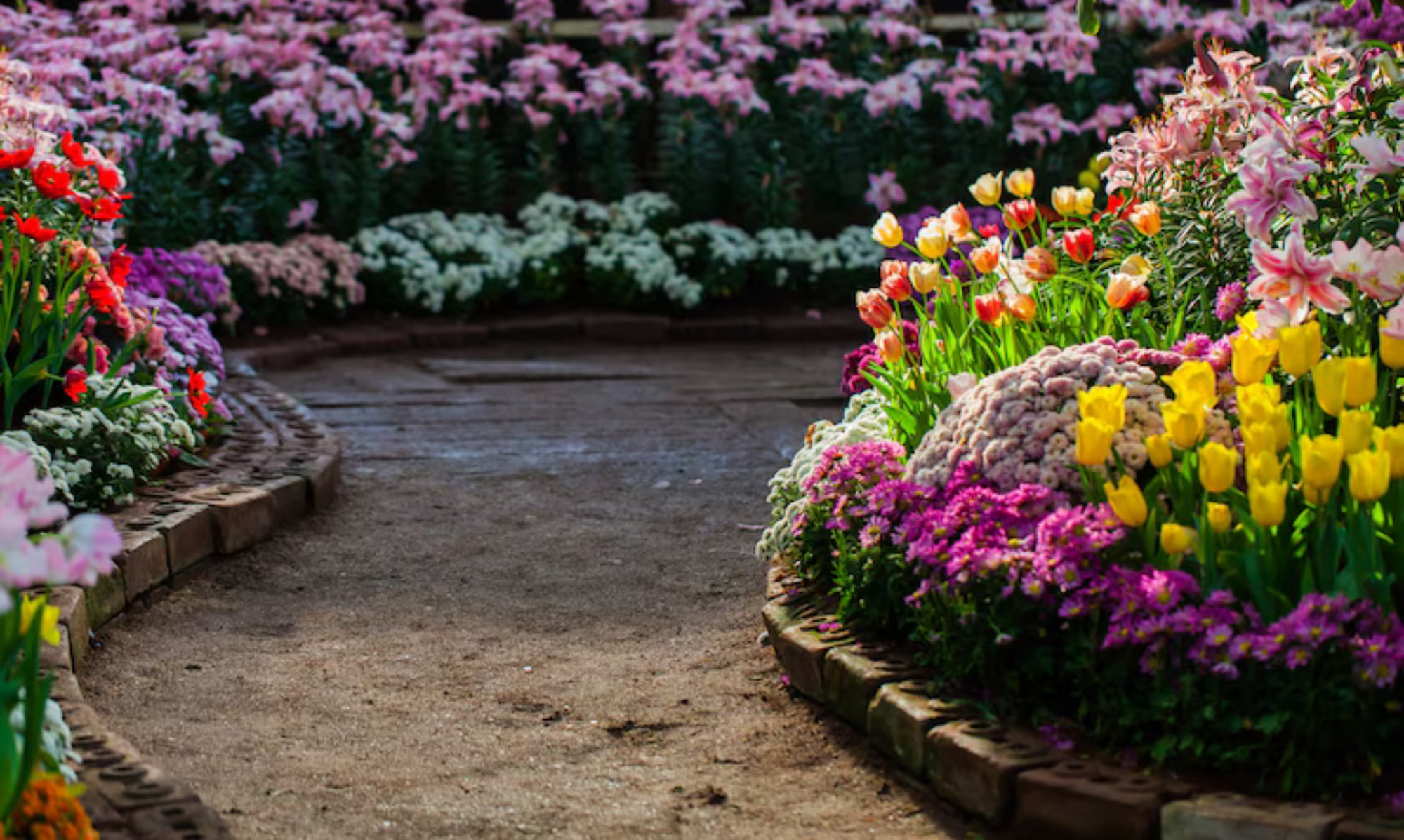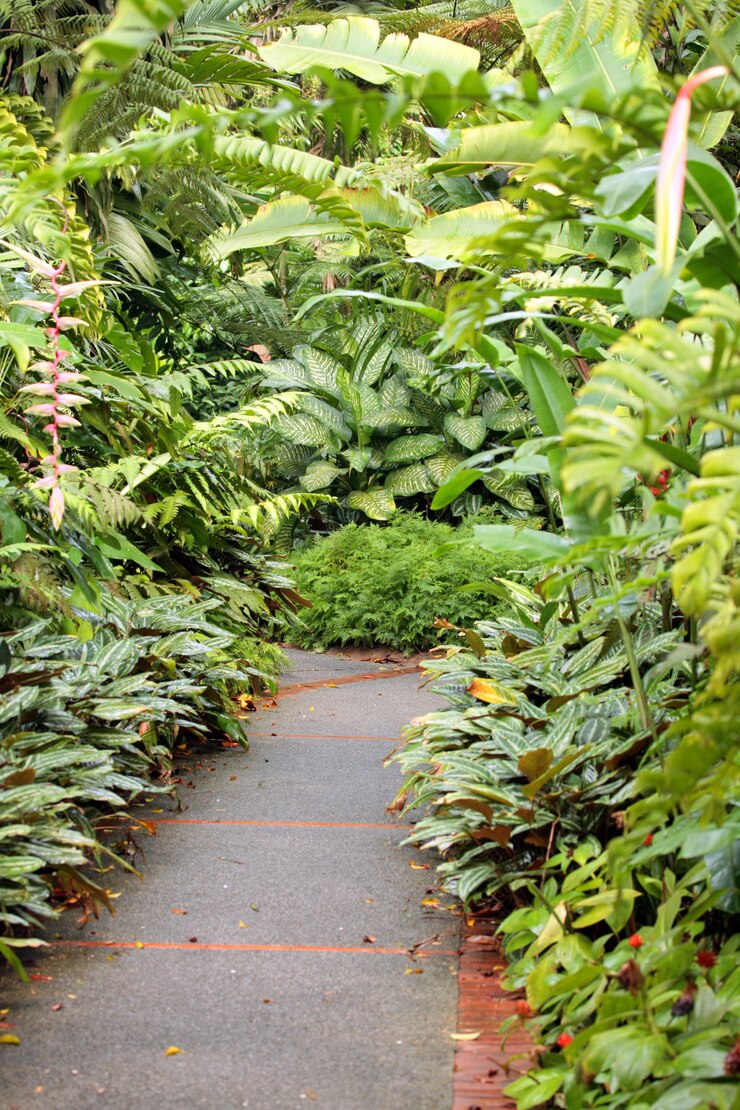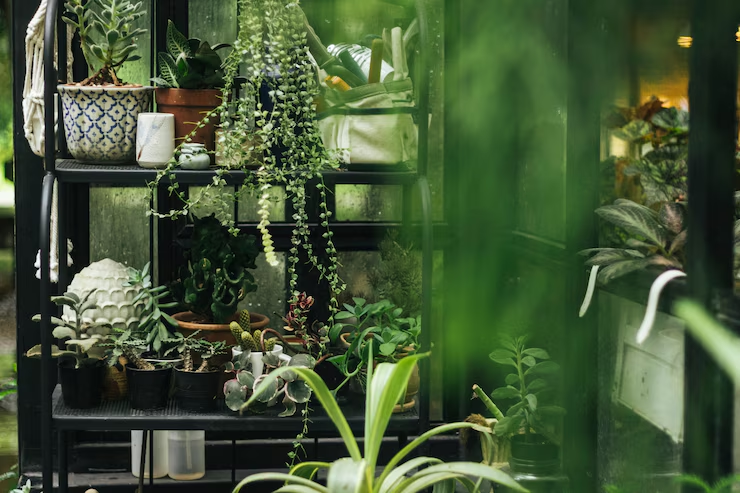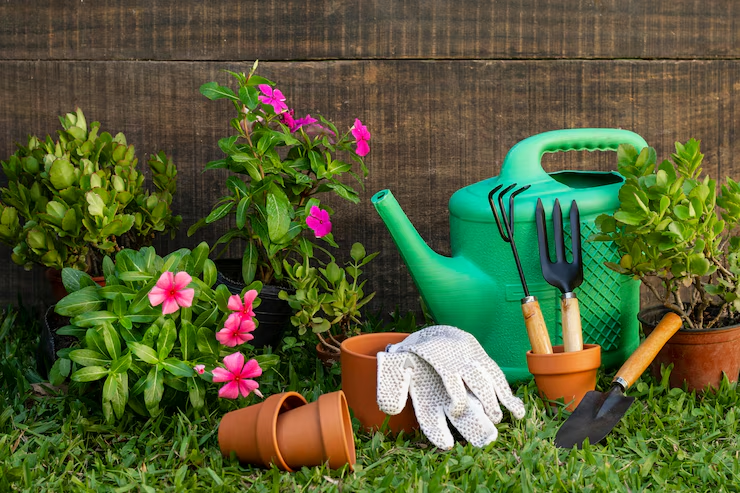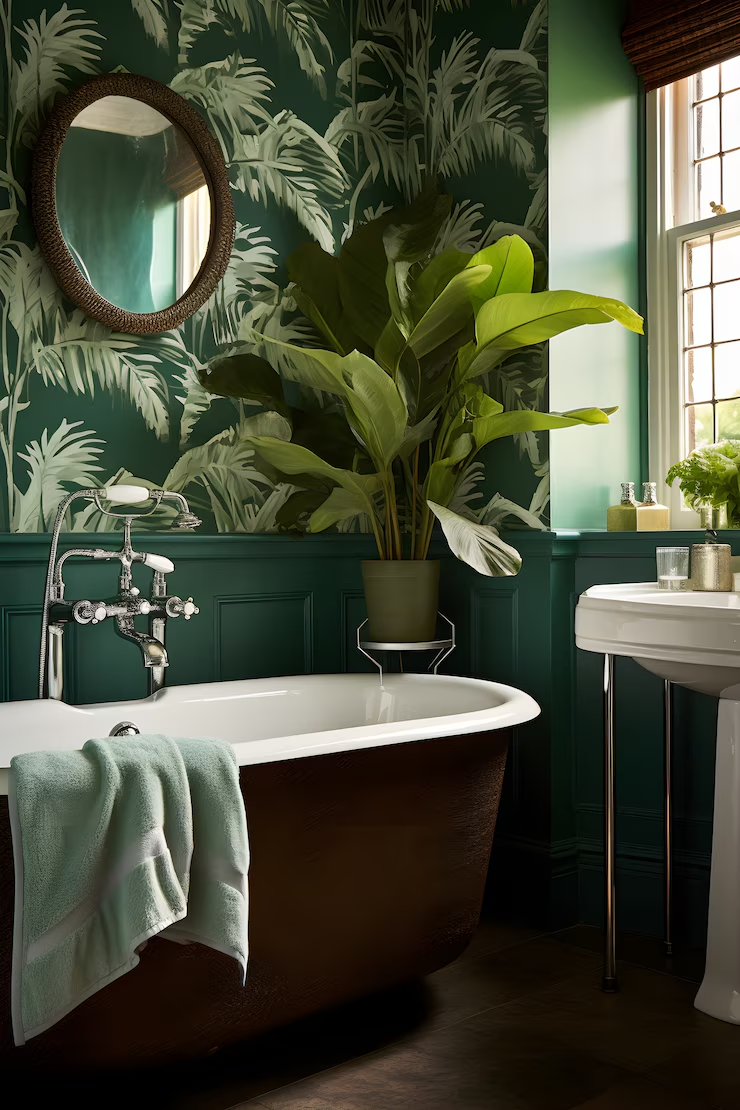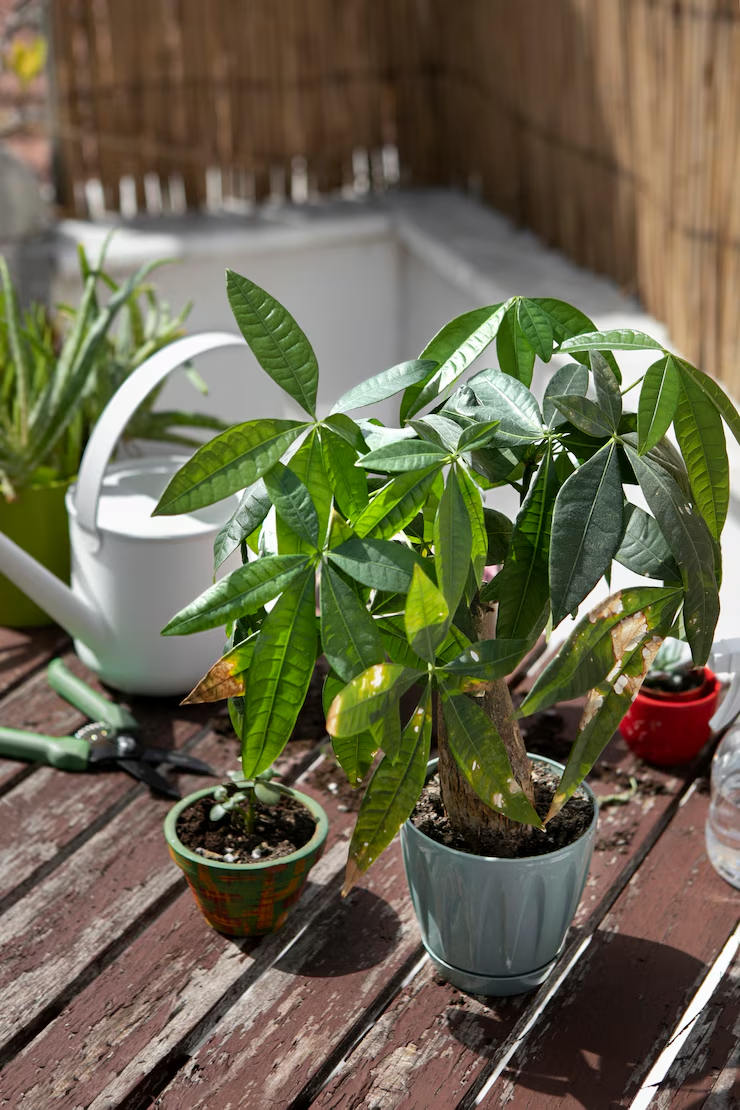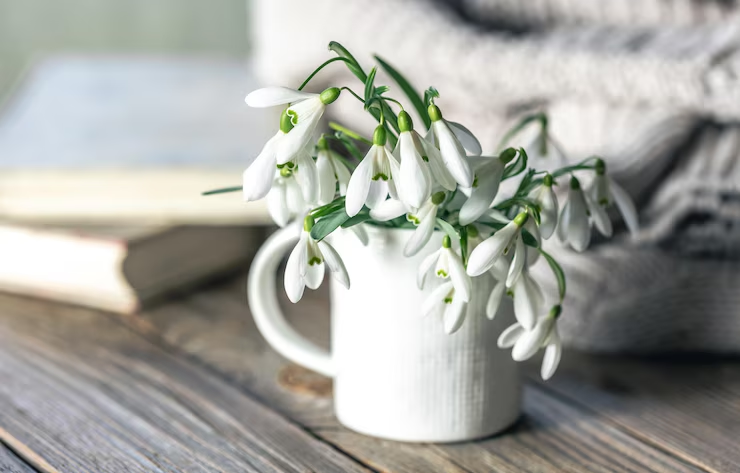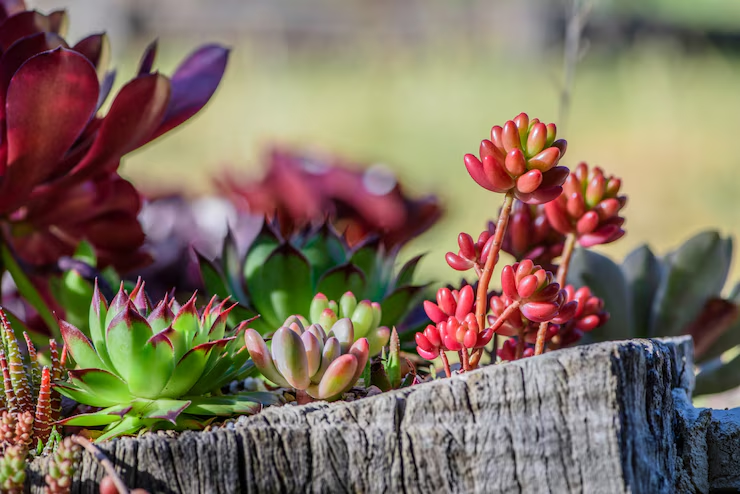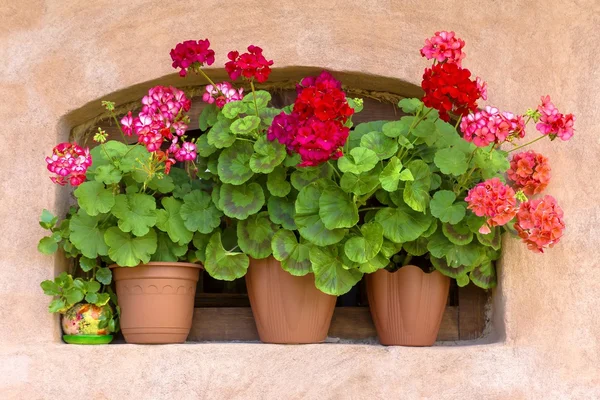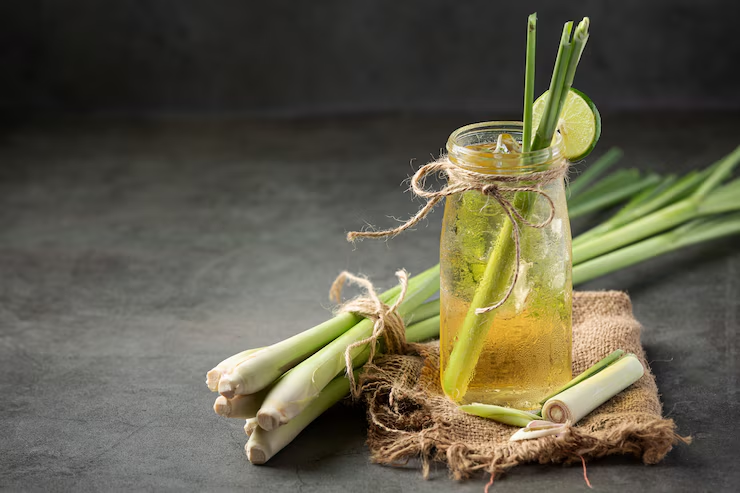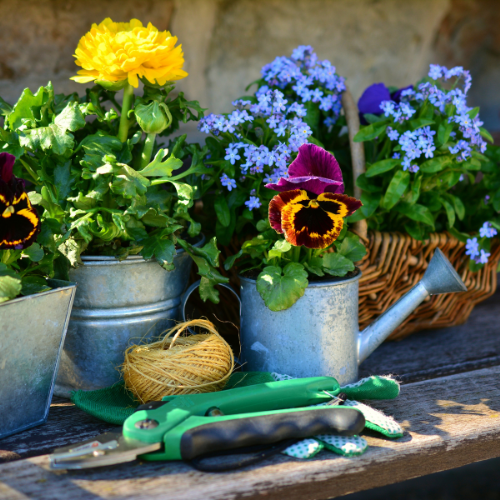Having a garden that stays green year-round is the dream of many nature lovers. A vibrant space full of life and color not only enhances the environment but also provides well-being and a deep connection with the natural world. However, maintaining a garden in pristine condition requires dedication, planning, and knowledge.
Among the most common challenges are climate changes, excessive water usage, pests, and soil degradation. But with the right techniques and a sustainable approach, these challenges can become opportunities to create a green space that remains healthy all year long.
In this article, we will explore seven essential tips to help you keep your garden always green. From selecting the ideal plants to efficient watering practices and regular fertilization, you will discover practical and accessible solutions to care for your garden effectively. Now is the time to revitalize your green space and ensure it remains a constant source of beauty and inspiration.
Ready to get your hands dirty and transform your garden? Let’s begin!
1. Choose the Right Plants: The Foundation for a Green Garden
Choosing the right plants is one of the first and most important steps in ensuring a garden that stays green. Opting for species that adapt well to your region’s climate and soil conditions significantly reduces the need for constant maintenance and additional resources like water and fertilizers.
- Native Plants: These species are naturally suited to the local ecosystem, making them more resistant to pests and climatic variations. Additionally, they help promote biodiversity.
- Perennial Plants: Unlike annuals, which need to be replanted each cycle, perennials provide constant greenery and require less intervention.
- Drought-Resistant Species: For areas with water limitations, succulents, cacti, and other drought-tolerant plants are ideal choices.
Investing time in selecting the right plants not only simplifies future care but also ensures a healthier and visually appealing garden.
2. Water Wisely: The Art of Efficient Water Use
Efficient watering is essential to keeping your garden green, especially during periods of intense heat or drought. Using water responsibly not only preserves this precious resource but also prevents issues like root rot or fungal proliferation.
- Water at the Right Time: Prefer watering early in the morning or late in the afternoon when evaporation is lower, and plants can absorb water more efficiently.
- Use Irrigation Systems: Methods like drip irrigation deliver water directly to the roots, reducing waste and ensuring uniform hydration.
- Harvest Rainwater: Install barrels or cisterns to collect rainwater, which can be sustainably reused in the garden.
Watering wisely ensures your plants receive the right amount of water, keeping them healthy while reducing unnecessary consumption.
3. Regular Fertilization: Nutrition for Healthy Growth
Proper fertilization is essential to maintaining a vibrant and healthy garden. Plants depend on specific nutrients to grow, bloom, and resist diseases. Regular replenishment of these nutrients ensures the soil remains fertile and productive.
- Organic Fertilizers: Examples include homemade compost (fruit and vegetable scraps and peels), animal manure (chicken or cow), and vermicompost, which improve soil quality and stimulate healthy plant growth.
- Chemical Fertilizers: When necessary, choose fertilizers specific to the plant type or growth stage, such as nitrogen-rich formulas for foliage or phosphorus for flowering and fruiting.
- Alternative Natural Fertilizers: Bone meal, castor bean meal, and rock dust are eco-friendly alternatives rich in soil nutrients.
- Seasonal Fertilization: Plan fertilizer applications according to the seasons and plant needs. In spring, for example, nitrogen is essential to promote early growth.
- Avoid Overfertilization: Overdoing fertilization can cause nutritional imbalances and harm plants. Follow application recommendations to avoid problems.
With regular and balanced fertilization, you create the ideal conditions for your garden to thrive throughout the year.
4. Care for the Soil: A Green Garden Starts from Below
Soil is the foundation of any healthy garden. Ensuring it is well-cared-for is essential for plants to grow strong and green. Nutrient-rich and well-structured soil provides the necessary conditions for root development and efficient absorption of water and nutrients.
- Aeration: Use tools like forks and aerators to loosen compacted soil, allowing air to circulate and roots to breathe better.
- Mulching: Add layers of straw, dry leaves, or bark to the soil. This helps retain moisture, regulate soil temperature, and reduce weed growth.
- Composting: Enriching soil with organic compost is an effective way to improve its quality. Food scraps, prunings, and decomposed organic materials provide essential nutrients and boost soil fertility.
- Soil Testing: Before planting, analyze the soil to identify deficiencies and adjust nutrient levels with fertilizers or amendments.
Maintaining healthy soil not only promotes a green and vibrant garden but also reduces the need for chemical products and other artificial interventions, creating a balanced and sustainable ecosystem.
5. Sustainable Pest Control
A healthy garden attracts insects and small animals, but not all of them are beneficial. Controlling pests sustainably is essential to protect your plants without disrupting the ecosystem’s balance.
- Repellent Plants: Certain species like citronella, basil, and rosemary naturally repel pests.
- Garlic Spray: Prepare a natural insecticide by boiling two chopped garlic cloves in a liter of water. After cooling, strain the liquid and add a few drops of biodegradable detergent. Spray this solution on affected plants to deter aphids, mealybugs, and other pests.
- Natural Predators: Encourage the presence of ladybugs, frogs, and birds in the garden, as they feed on pests like aphids and caterpillars. Create natural shelters like shrubs and small water features to attract them.
- Crop Rotation: Alternate the species planted each season. For example, plant legumes in one area one year and grasses the next. This prevents specific pests from establishing and reduces soil nutrient depletion.
- Additional Homemade Solutions: Beyond garlic spray, use mixtures made with chili or diluted neutral soap for targeted pest control.
With sustainable practices and some creativity, you protect your plants while contributing to a more balanced and healthy environment.
6. Strategic Pruning: The Key to Continuous Renewal
Pruning is an essential practice for keeping plants healthy, stimulating growth, and ensuring the garden remains visually appealing. Done strategically, pruning also helps prevent diseases and improve air circulation among plants.
- Remove Dead and Diseased Branches: Regularly inspect plants and remove parts showing signs of disease or damage. This prevents problems from spreading.
- Training Prunes: Shape young trees and shrubs to encourage balanced and structurally sound growth.
- Deadheading: Remove spent flowers to stimulate continuous blooming and maintain the garden’s vibrant appearance.
- Sharp and Clean Tools: Use sharp and sterilized pruning shears to avoid injuring plants and reduce the risk of infection.
Strategic pruning is a powerful tool for continuously renewing your garden, keeping it green and full of life.
7. Embrace Sustainability: Best Practices to Conserve Resources
Sustainable gardening goes beyond plant care; it involves conscious practices that benefit the environment and reduce natural resource waste.
- Reuse Materials: Repurpose old containers as pots, turn used tires into creative planters, and reuse wood scraps to define garden areas.
- Rainwater Harvesting: Install systems to collect rainwater, reducing dependence on treated water.
- Minimize Chemical Use: Opt for natural fertilizers and pest control solutions to minimize impacts on soil and local fauna.
- Layered Planting: Use layered planting methods to optimize space and create microclimates that benefit various species.
- Support Biodiversity: Plant trees, shrubs, and flowers that provide shelter and food for pollinators, birds, and small animals.
By integrating sustainable practices into your garden, you contribute to the planet’s health while creating a more harmonious, efficient, and inspiring space.
Cultivate a Connection with Nature
Gardening is much more than a practical activity; it is a way to reconnect with nature and an invitation to balance between humans and the environment. By following the tips presented in this article, you can transform any green space into an oasis of beauty, sustainability, and harmony.
When you care for your garden, you also care for the planet. Choosing suitable plants, adopting sustainable practices, and promoting biodiversity are actions that make a difference not only in your backyard but also in the broader ecosystem. Every choice counts and contributes to a greener future.
In addition to environmental benefits, cultivating a garden brings emotional well-being. Contact with the earth, the pleasure of seeing plants flourish, and the time dedicated to this activity are powerful ways to reduce stress and increase personal satisfaction.
Now that you know the strategies to keep your garden green year-round, it’s time to act. Start small, try new techniques, and observe the positive impact these changes bring to your life and the environment.
So, roll up your sleeves, unleash your creativity, and get inspired to cultivate a space that serves as both a sanctuary and a celebration of nature. Your garden can be the first step toward a more sustainable world.
